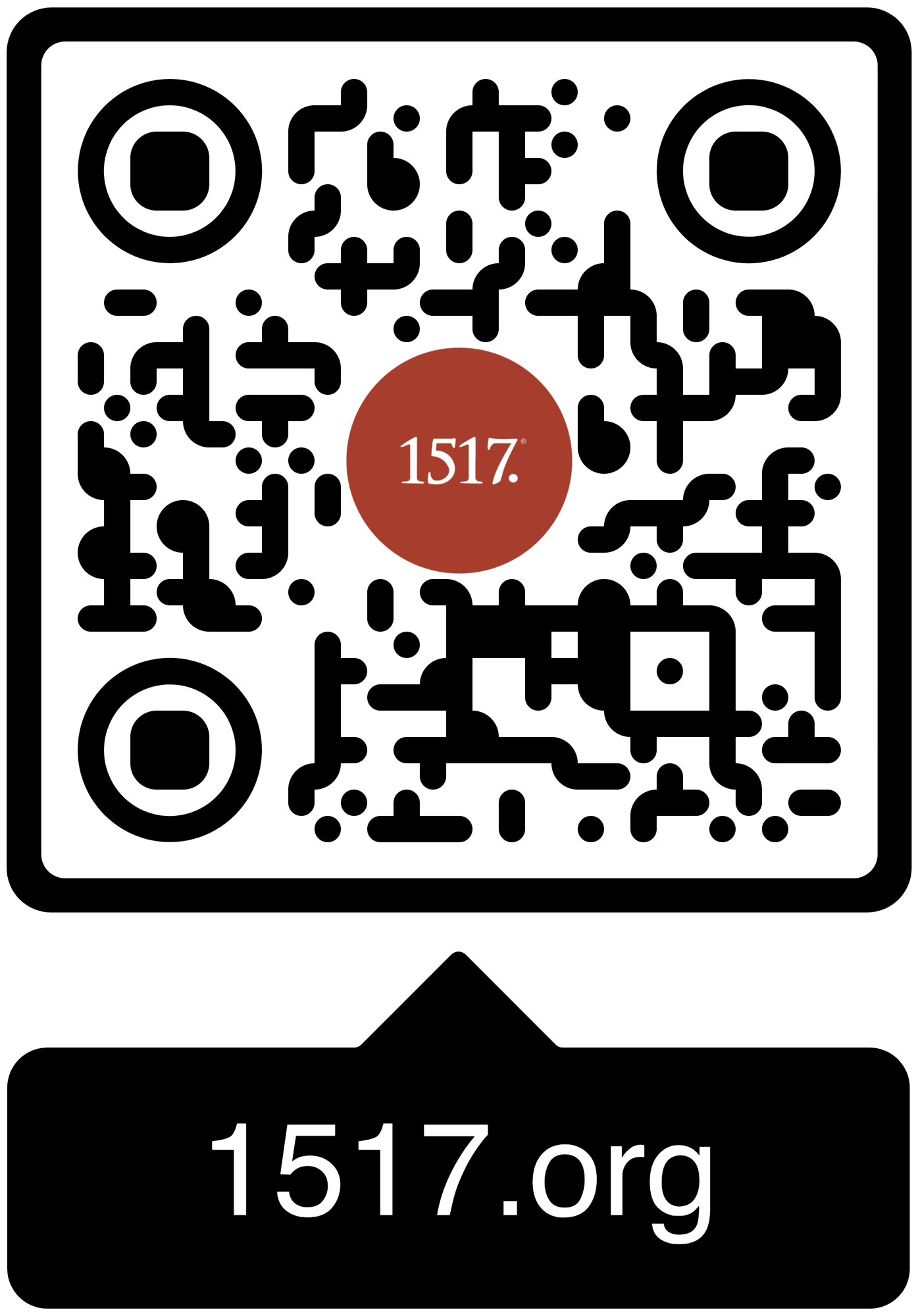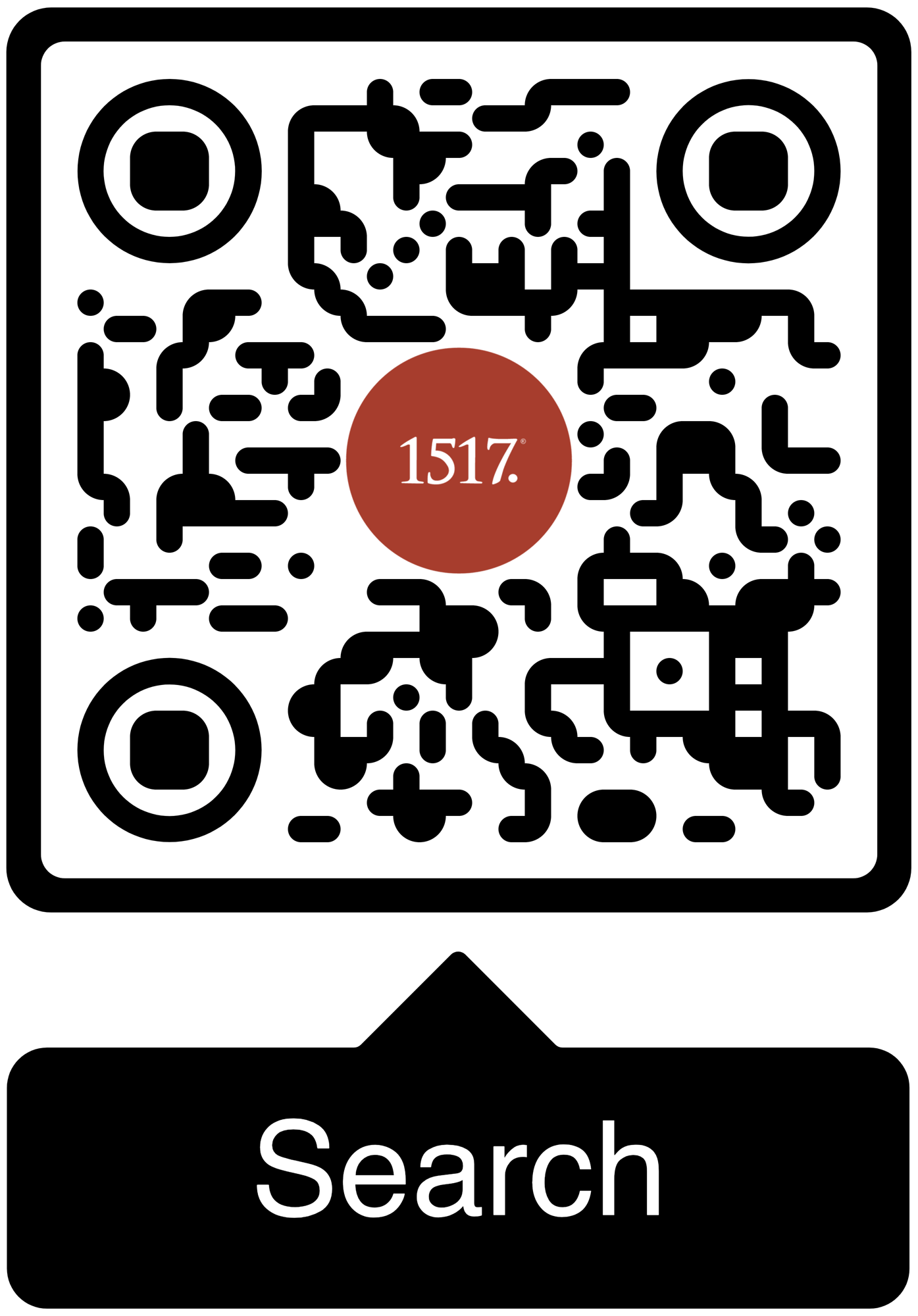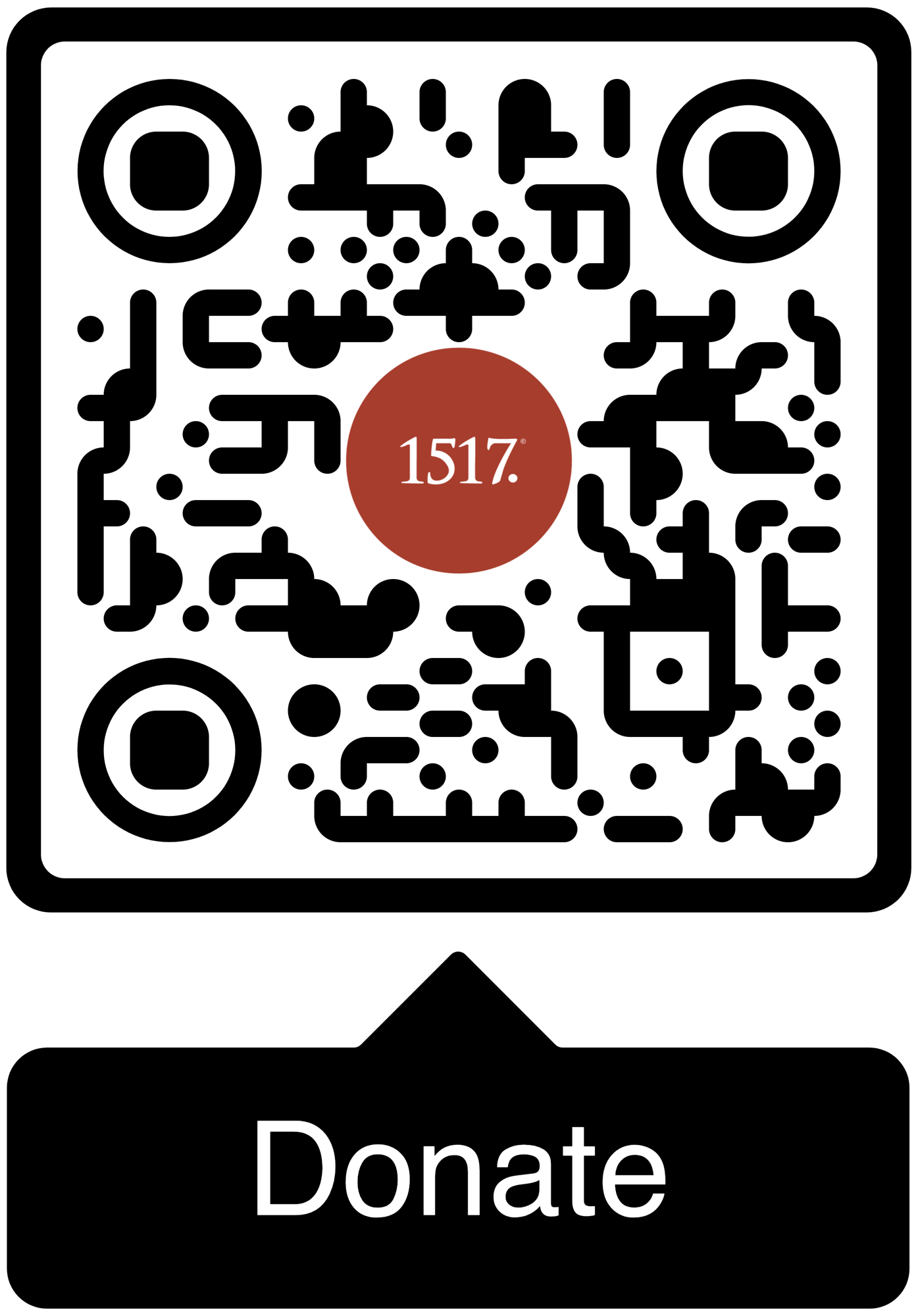The season of Easter pulses with the joy of God’s blessings in the resurrection of Christ.
People’s lives are a lot like stained-glass windows: Filled with all kinds of different pieces. Some pieces are colored one way and some colored another way. If you take a closer look, you will notice how all stained glass is just individual pieces of colored glass. That is all they would remain unless an artist gets a hold of it and, when they put it together in such a way that when the sun shines through these little pieces of glass, they are transformed into a beautiful work of art. However, this only happens through the workmanship of an artist. Apart from them, it would just be individual pieces of broken looking glass.
Here in our Acts reading, we have a collection of people who have gathered for prayer. Some are followers of Jesus. Yet, there is one odd person in this collection who I like to think is colored all purple. Her name is Lydia, and she is just a random woman Paul and his companions run into on their missionary journey to Macedonia. This unlikely saint is known as a “worshiper of God,” but if she had a “saint shield” for a stained-glass window, she would have a big snail on it.
You know how it goes with saints’ windows. There is usually a sign of their calling and a sign of their martyrdom. Some torture device is set in glass to remind us of the perils and the beauty of the lives of the saints who proclaim the resurrection of Christ. Some saints’ shields have a spear, a saw, a serpent in a cup, but on Lydia’s window is likely a snail. Not a common implement of torture but certainly something she had to give up her life for. You see, purple cloth was made by dye in the ancient world and that dye was taken from snails.
So, you could probably see her, some lady out on the margins stuffing snails in her pocket, which meant she smelled. It also meant she was ceremonially unclean. She may have been rich, but she was almost certainly alone.
On this day, she happens to be in a place of prayer and God takes this “purpled person” and it says, “The Lord opened her heart to what Paul had to say” (verse 14). It does not say she opened her own heart. It says the Lord did the work of opening her heart and she believed. She was transformed by the Easter message of the Gospel. This woman, who was only allowed so close before, is now a beautiful piece of, “His workmanship, created in Christ Jesus for good works, which God prepared beforehand” (Ephesians 2:10).
As a result, now, when the SON of God shined through her, we modern day observers of the saints of old can see the majesty of God’s mission reaching more and more people. That mission would spread throughout the whole world so all might hear and believe and be baptized and be saved by the Word of Christ proclaimed and freely given. There is so much joy in this reading. There is joy that the mission is going out and joy that lives are being changed. The season of Easter pulses with the joy of God’s blessings in the resurrection of Christ.
It does not say she opened her own heart. It says the Lord did the work of opening her heart and she believed.
The appointed Psalm of the day, Psalm 67, gives expression to this joy and locates it in the experience of God’s faithful people from generation to generation. It trickles all the way down to Paul and Lydia and even to us gathered around the same Word and font and table today. The psalm begins and ends with joyful benediction (reminiscent of the one used in the liturgy) and blessing. “May God be gracious to us and bless us,” the people sing. “May God continue to bless us until all the ends of the earth revere Him.” This Psalm is a harvest festival song, which is appropriate as the harvest field expands into Macedonia where awe for God’s work through Word and Sacrament changes lives for eternity. The people rejoice, as does the whole of the earth. “The earth has yielded its increase. God, our God, has blessed us” (verse 6).
Since we are using the image of stained glass from our text, we will use an “Image Based Structure: Single Focus.”
“This sermon structure uses a single image throughout the sermon and fosters devotional contemplation of an image.
In the opening of the sermon, the preacher describes the image for the hearers. The preacher then uses that image as a source for continuing devotional contemplation throughout the sermon. The image serves as a lens through which one views the textual exposition, the theological confession, the evangelical proclamation, and the hearer interpretation of the sermon. Having a single image lends coherence to the sermon.
As the preacher returns to the image periodically throughout the sermon, he may approach it in one of two ways: Through a single focus or a multiple focus.
With a single focus, the image remains the same throughout the sermon. The preacher may approach that image from one perspective (for example, viewing the image from the perspective of the artist who created it) or the preacher may approach that image from a variety of perspectives (for example, viewing the same image from the perspective of different people who come into contact with it), but the image itself remains the same.
If approaching the image from one perspective, the sermon can reinforce a single theme in a variety of situations. For example, the first encounter with the image can establish a theme and then, as the preacher uses the image again in the sermon, it can locate that theme in relation to the text and then, later, in relation to the hearers.
If approaching the image from a variety of perspectives, the sermon can develop or unfold the theme. For example, the first encounter with the image could evoke an interpretation which will later be expanded or even corrected in the sermon. By changing how the image is seen, the hearers are able to track the basic development of a larger theme in the sermon. Each stage of development is captured by preaching the image through a different perspective.”[1]
------
Additional Resources:
Craft of Preaching-Check out out 1517’s resources on Acts 16:9-15.
Concordia Theology-Various helps from Concordia Seminary in St. Louis, MO to assist you in preaching Acts 16:9-15.
Lectionary Kick-Start-Check out this fantastic podcast from Craft of Preaching authors Peter Nafzger and David Schmitt as they dig into the texts for this Sunday!
The Pastor’s Workshop-Check out all the great preaeching resources from our friends at the Pastor’s Workshop!
-----
[1] https://concordiatheology.org/sermon-structs/dynamic/imagistic-structures/central-image/





